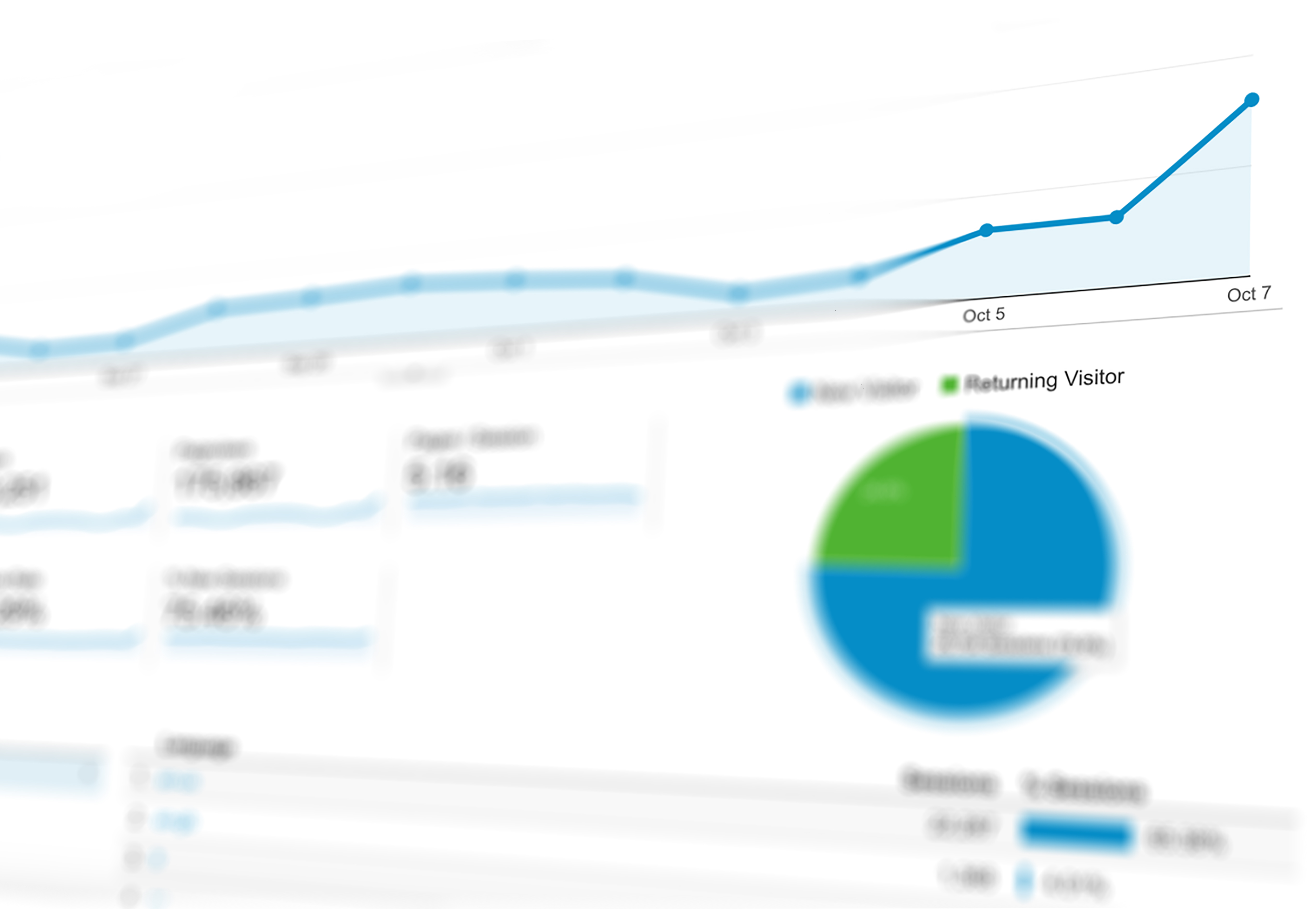Author: Jesse Walker
LinkedIn: https://www.linkedin.com/in/jesse-walker/
Stop me if you’ve heard this before, “Data-driven decision making”. Or how about this one? “Insights-focused”. Ooooh, buzzwords!
Don’t get me wrong, I love data and it’s definitely a best practice to make decisions based on data and insight. However, I believe there is a fine line between the right data and data that is just noise.
So, the question becomes what is the right data? There are two high-level types of data: vanity metrics and actionable metrics and I’ll explore both below.
Vanity Metrics:
Before we dive into vanity metrics, can we take a minute to remember my one of my favorite rom-com moments of Matthew McConaughey and Kate Hudson belting out Carly Simon’s “You’re so vain”? Love that movie.
Vanity metrics are metrics that make you feel good but don’t tell you anything about your business1. Examples of vanity metrics are impressions, “likes,” shares, comments, followers, open rates, views, traffic, etc.2
These metrics look great at first, but they don’t tell the full story. Let’s look at this Nike Facebook post for an example.
Let’s be clear, vanity metrics are not all bad! They can be good indicators that something is working but we need to take it one step further and tie these vanity metrics to something more tangible – aka actionable metrics.
Actionable Metrics
Which of these is better?
- Our Facebook post got 1.4 million views!
- Our Facebook post got 1.4 million views which drove a 20% increase in traffic to our website and $100K in online sales!
If you didn’t pick answer B we may need to talk…
Actionable metrics help us answer business related questions like “Did we gain/lose revenue?” or “Did we gain/lose customers?” A few examples include conversion rates, customer acquisition costs, ROI, engagement rates, etc.1
Connecting the vanity metrics to actionable metrics helps us tell a better story about what action we took and what the impact was of that action. You can start a story with big shiny moment, but then you need to follow it up with substance.
The Happy Medium
Overall, vanity metrics tell us a lot, but they don’t paint the full picture. We need the actionable metrics to fill in the gaps and complete the picture.
If you know what you are trying to accomplish, then you can tell the right story leveraging both vanity metrics and actionable metrics. And if you are telling the right story with the right metrics then you can feel confident telling people you are a “data-driven decision making” pro!
Want to learn more? Here are few additional resources:
- https://www.crazyegg.com/blog/glossary/what-is-a-vanity-metric/
- http://contentmarketinginstitute.com/2017/10/ways-use-vanity-metrics/
- https://blog.kissmetrics.com/vainest-metrics/





Everything you said in this post was very relatable! Running social media accounts for various organizations is very tough. It’s also really tough when you have a boss or supervisor who just wants to see that the post got likes. They don’t see the whole picture and that maybe a post that didn’t get the most likes potentially reached more people. The way you broke it down to make it make sense that the data is much more important than the data that first comes to mind. Finally, when looking at social media pages I wish they would give you the data immediately on who you reached and other various breakdowns like demographics. This would avoid the third-party resources to get the proper data. All in all a very good article and very well written.
Great post, Jesse! I enjoyed your comment regarding the importance of setting clear objectives, whether these are concentrated in simply receiving likes as a sheer vanity metric, or instead targeting an actionable metric of obtaining increased ROI or heightened engagement rates. I thought you described this concept very clearly, and it definitely has me reflect on how to approach the potential creation of more impactful data. Thank you for sharing your insight.
Great post! I never heard of metrics being described in these categories, and it was super relatable. I think when you’re facing a large set of data it’s so easy to get caught up in the vanity metrics simply because they tell you something. I 100% agree that setting clear objectives really helps you determine what metrics or combination of metrics will help you tell your client’s story. Thank you for sharing this well-articulated concept.
Good article Jesse! Even though I worked with metrics all the time, never heard the term “Vanity Metrics”. I agree, it’s important to tie these metrics into actions that result in sales (or leads or whatever). I always like to start with the things we need to learn and design our data collection around that so when we do need to pull out actionable metrics, it’s a lot easier and we don’t have to dig or reconfigure things.
I love what you had to say about actionable measurements. This is definitely a skill that I would love to use when evaluating social media plans in the future and was a great reminder that it is about connecting the dots for clients.